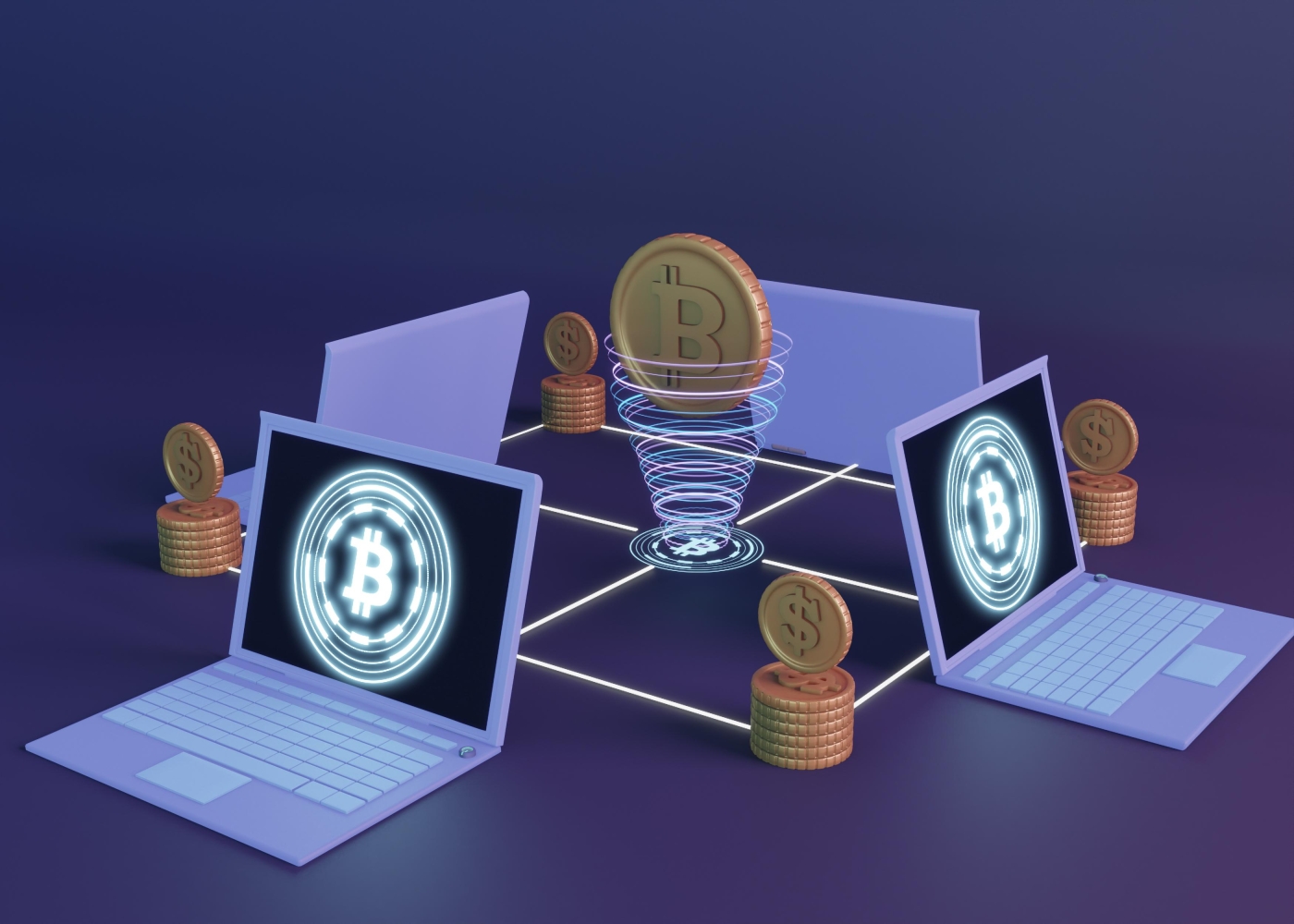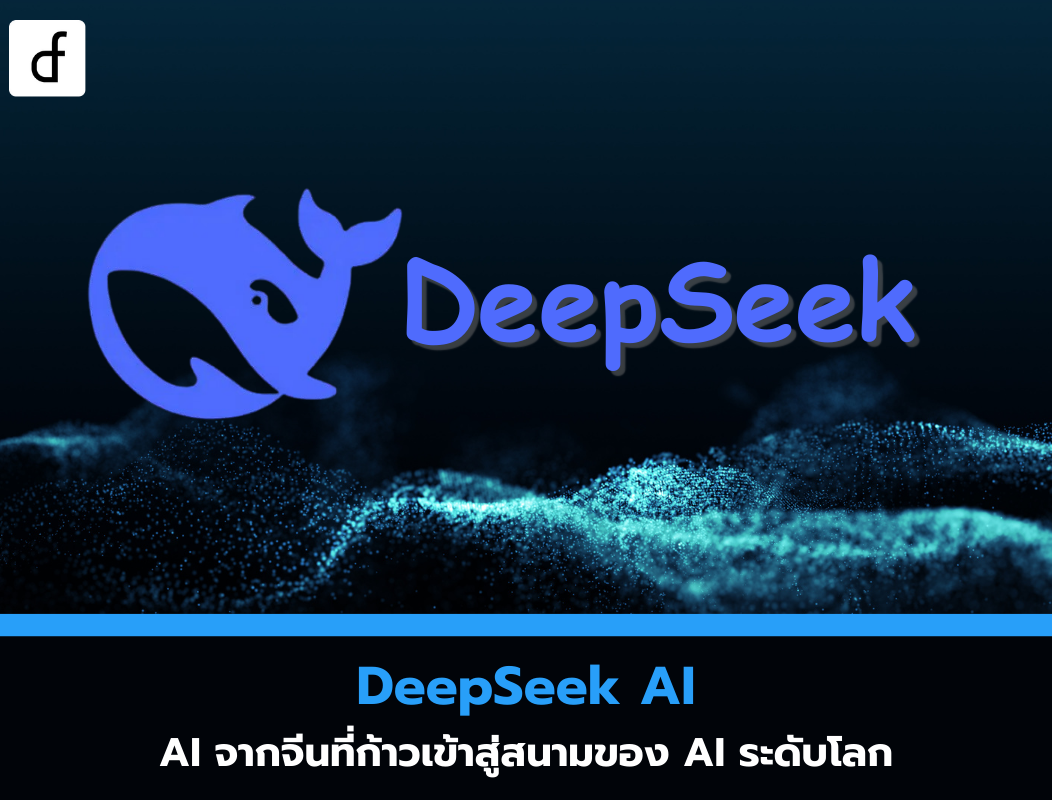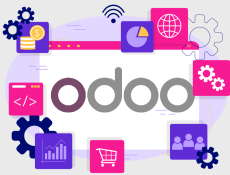
The Future of Blockchain: Trends and Technologies to Watch
2024-12-03 01:14:34
Blockchain has become a technology with the potential to transform various sectors, from finance and business to data management and cybersecurity. In the future, Blockchain is likely to develop in interesting directions and have an even greater impact on daily life.

Key trends in the future of Blockchain
- Integration with Web 3.0
Web 3.0 is the next era of the internet that emphasizes user data ownership, and Blockchain will be the foundation of this system.
Examples of use: Decentralized Applications (dApps), Decentralized Identity, and decentralized data management
- The growth of DeFi (Decentralized Finance)
DeFi is the application of Blockchain to a decentralized financial system. This trend is expected to expand further in the future.
Interesting features: asset lending, direct asset trading (P2P), and yield farming investment.
- The expansion of NFTs (Non-Fungible Tokens)
NFTs are not limited to the art industry but will expand into other sectors such as gaming, digital identity creation, and real estate.
- The use of Blockchain in IoT (Internet of Things)
Connecting IoT devices with Blockchain will enhance security and reduce the complexity of data management.
Examples: Smart Cities, Intelligent Logistics Systems
- The emergence of Blockchain Interoperability
In the future, different Blockchains will be able to connect seamlessly.
Benefits: Transferring and exchanging data and assets between networks such as Polkadot, Cosmos
A new technology to watch out for
- Proof of Stake (PoS) and energy improvements
The transition from Proof of Work (PoW) to Proof of Stake (PoS) will help reduce energy consumption and make Blockchain more environmentally friendly.
Example: Ethereum 2.0
- Layer 2 Solutions
Layer 2 is a solution that helps increase speed and reduce fees on the main Blockchain, such as Ethereum.
Examples of technology: Rollups, Sidechains
- Zero-Knowledge Proof (ZKP)
ZKP will enhance privacy and security in transactions.
Usage: Identity verification without disclosing personal information
- Quantum-Resistant Blockchain
With the development of Quantum Computing, blockchain systems must prepare to face future attacks.
Response: Development of quantum-resistant encryption systems
- Decentralized Identity (DID)
The DID system will enable users to have complete control over their personal data.
Example of use: Decentralized identity verification in organizations and online services
The industry that Blockchain will impact the most
- Finance and banking
Blockchain will help increase efficiency and reduce costs in the financial system, such as cross-border money transfers and loan management.
- Healthcare
Storing and sharing patient data on the blockchain will enhance security and reduce errors.
- Supply chain industry
The use of Blockchain to track and verify the source of products will increase transparency and reduce counterfeiting.
- Elections and public administration
Blockchain can be used for transparent voting and preventing fraud.
- Real estate
Smart Contracts will reduce the complexity of the buying and transferring of ownership process.
Challenges and limitations
- The adaptation of laws
Laws and regulations regarding Blockchain are still unclear in many countries, causing delays in development.
- The complexity of technology
The use of Blockchain still requires specialized knowledge, which may be a barrier for general users.
- Scalability issues (Scalability)
Some blockchain systems still have limitations in terms of speed and the volume of transactions they can support.
- Concerns about privacy
Even though Blockchain is transparent, some information may be disclosed more than necessary.

Blockchain is a technology with immense potential, and in the future, it will be developed to meet the demands of the digital world even more. Key trends such as integration with Web 3.0, the growth of DeFi and NFTs, as well as new technologies like Zero-Knowledge Proof and Quantum-Resistant Blockchain, will enhance efficiency and security. However, developers still face legal challenges and the need for various industries to adapt in order to implement this technology in real life.
Leave a comment :
Recent post

2025-01-10 10:12:01

2024-05-31 03:06:49

2024-05-28 03:09:25
Tagscloud
Other interesting articles
There are many other interesting articles, try selecting them from below.

2023-11-21 09:07:24

2024-10-28 02:11:28

2024-02-21 05:04:05

2023-09-22 10:10:41

2025-04-18 02:29:50

2023-11-21 09:19:13

2024-10-18 01:36:48

2024-11-06 11:24:26

2025-03-20 05:13:20
